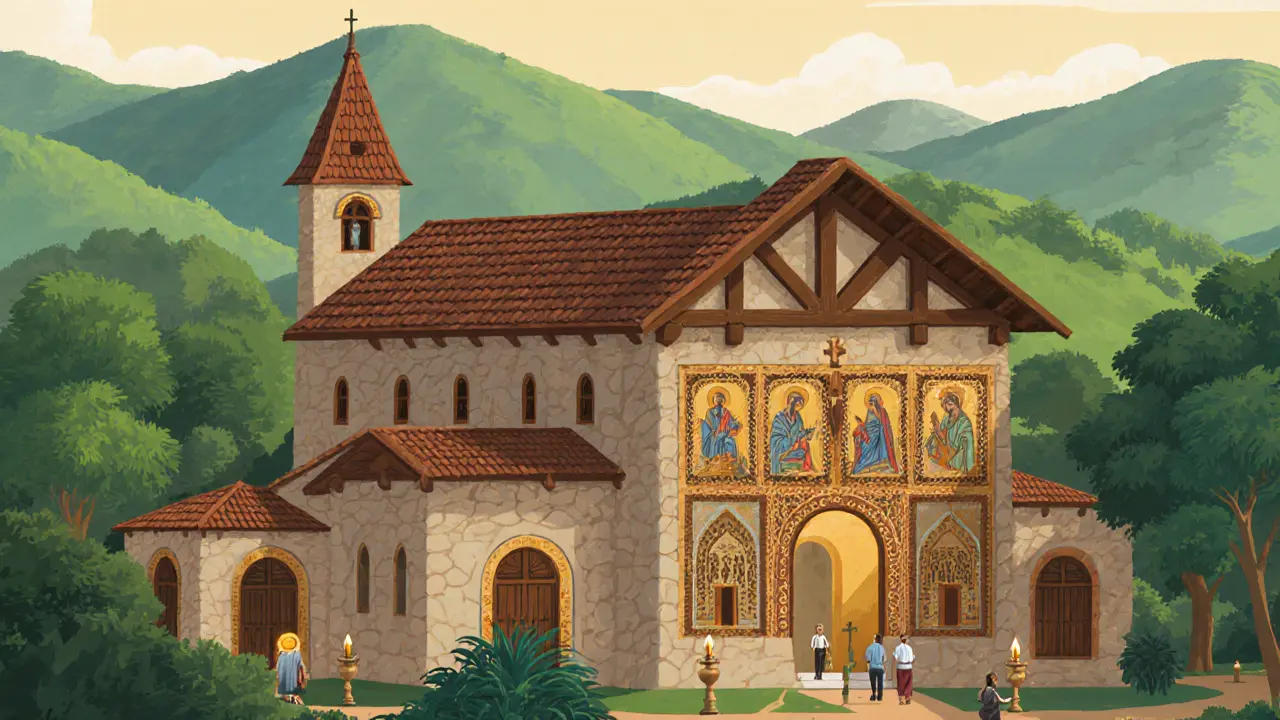Syrian Christian Church in India: History, Leaders, and Communities
When you hear Syrian Christian church in India, an ancient branch of Christianity that traces its roots to the apostle Thomas, who arrived in Kerala around 52 AD. Also known as Saint Thomas Christians, this community has preserved its liturgy, language, and traditions for nearly 2,000 years—long before European colonizers set foot on Indian soil. These churches didn’t emerge from missionary work—they grew from a living, breathing faith passed down through generations, using Syriac liturgy, keeping Syrian customs, and maintaining a distinct identity even as India changed around them.
The Catholicos of India, a title held by two rival leaders who each claim authority over different branches of the same ancient church, is at the heart of this story. One leads the Malankara Orthodox Syrian Church, an autocephalous body that asserts independence from foreign ecclesiastical control. The other leads the Jacobite Syrian Christian Church, a community that remains under the spiritual authority of the Syriac Orthodox Patriarch of Antioch. Both use the same title, wear similar vestments, and celebrate the same ancient rites—but since the 19th century, they’ve been locked in a legal and theological split that still affects congregations today.
This isn’t just about theology. It’s about identity. These churches shaped education in Kerala, built schools when colonial powers ignored local needs, and protected their language when English and Malayalam dominated. Leaders like Mor Polycarpus Geevarghese, a bishop who defended Malayalee migrants in Karnataka through schools and quiet advocacy, show how faith moved beyond the altar into community survival. The churches didn’t just worship—they fed, taught, and stood up for people others overlooked.
What you’ll find here isn’t a list of dates or doctrine. It’s the real, human story behind the stained glass and ancient crosses. You’ll read about the men who led these communities, the legal battles that split them, and how ordinary people kept the flame alive—even when no one else was watching. These aren’t relics. They’re living traditions, still shaping lives in India today.
St. Mary's Jacobite Syrian Cathedral in Kothamangalam: History, Faith, and the Truth Behind the Holy Belt Claims
St. Mary's Jacobite Syrian Cathedral in Kothamangalam is one of India's oldest Christian churches, with roots dating to the 14th century. Though often linked to the Holy Belt relic, no evidence supports this claim - its true power lies in its living faith and centuries-old traditions.
Details +